It can be fun to breed your own zinnias - Part 56
zen_man
2 years ago
last modified: 2 years ago
Featured Answer
Sort by:Oldest
Comments (112)
sharon2079
2 years agofour (9B near 9A)
2 years agolast modified: 2 years agoRelated Professionals
Windham Landscape Architects & Landscape Designers · Mastic Beach Landscape Contractors · Shoreview Landscape Contractors · Wareham Landscape Contractors · Hayward Carpenters · Palmetto Bay Carpenters · Columbia Fence Contractors · Marana Fence Contractors · Parole Landscape Architects & Landscape Designers · Northport Landscape Contractors · Raynham Driveway Installation & Maintenance · Orland Park Decks, Patios & Outdoor Enclosures · Brentwood Landscape Contractors · West Orange Landscape Contractors · Wichita Siding & Exteriorszen_man
2 years agolast modified: 2 years agoYeise
2 years agozen_man
2 years agolast modified: 2 years agoYeise
2 years agolast modified: 2 years agozen_man
2 years agolast modified: 2 years agoYeise
2 years agozen_man
2 years agolast modified: 2 years agoYeise
2 years agozen_man
2 years agolast modified: 2 years agofour (9B near 9A)
2 years agoYeise
2 years agolast modified: 2 years agozen_man
2 years agolast modified: 2 years agozen_man
2 years agolast modified: 2 years agofour (9B near 9A)
2 years agolast modified: 2 years agoYeise
2 years agozen_man
2 years agolast modified: 2 years agofour (9B near 9A)
2 years agolast modified: 2 years agozen_man
2 years agolast modified: 2 years agofour (9B near 9A)
2 years agoYeise
2 years agoYeise
2 years agozen_man
2 years agolast modified: 2 years agozen_man
2 years agolast modified: 2 years agofour (9B near 9A)
2 years agozen_man
2 years agolast modified: 2 years agoYeise
2 years agozen_man
2 years agolast modified: 2 years agoYeise
2 years agozen_man
2 years agolast modified: 2 years agobrockthegreek
2 years agozen_man
2 years agolast modified: 2 years agoYeise
last yearlast modified: last yearzen_man
last yearlast modified: last yearYeise
last yearzen_man
last yearlast modified: last yearYeise
last yearzen_man
last yearlast modified: last yearYeise
last yearzen_man
last yearlast modified: last yearcindip63
last yearzen_man
last yearlast modified: last yearcindip63
last yearzen_man
last yearlast modified: last yearcindip63
last yearzen_man
last yearlast modified: last yearzen_man
last yearlast modified: last yearfour (9B near 9A)
last yearzen_man
last yearlast modified: last year
Related Stories
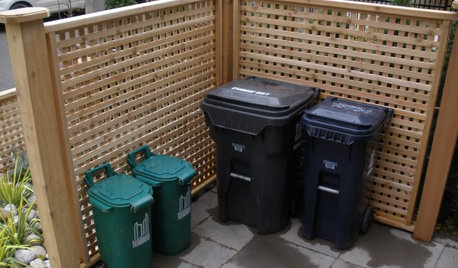
THE POLITE HOUSEThe Polite House: What Can I Do About My Neighbors’ Trash Cans?
If you’re tired of staring at unsightly garbage way before pickup day, it’s time to have some tough conversations
Full Story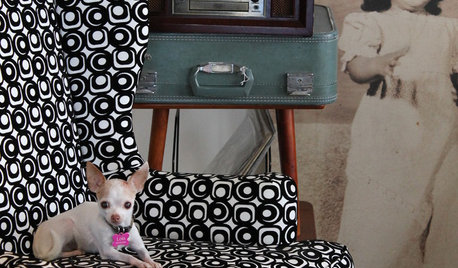
PETSWhat Chihuahuas Can Teach Us About Interior Design
Who knew these tiny dogs could be such a huge fount of design tips? Houzzers did
Full Story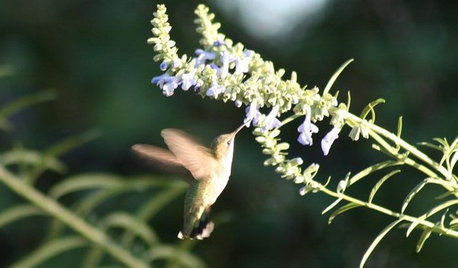
GARDENING FOR BUTTERFLIESA Quick-Start Guide to Bird-Watching for Fun and Learning
Set out some seed and grab your field guide. Bird-watching is an easy, entertaining and educational activity for the whole family
Full Story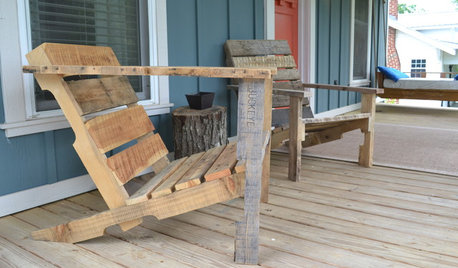
WOODWORKINGBuild Your Own Wooden Deck Chair From a Pallet — for $10!
Take the ecofriendly high road with a low-cost outdoor chair you make yourself
Full Story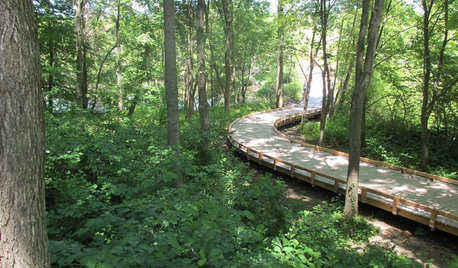
INSPIRING GARDENSWhat We Can Learn From Longwood Gardens’ New Meadow
Sustainability, ecology, native plant communities ... this public garden is brimming with lessons on horticulture for home gardeners
Full Story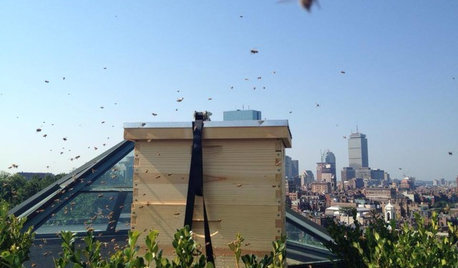
FARM YOUR YARDHello, Honey: Beekeeping Anywhere for Fun, Food and Good Deeds
We need pollinators, and they increasingly need us too. Here, why and how to be a bee friend
Full Story
DECLUTTERING10 Decluttering Projects You Can Do in 15 Minutes or Less
Try these ideas to get organized at home one small step at a time
Full Story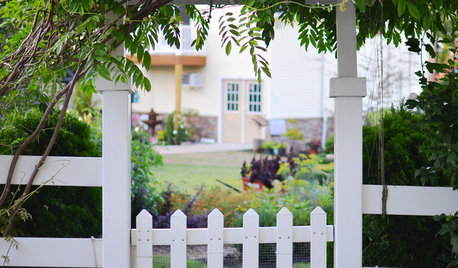
BUDGET DECORATING14 Ways to Make More Money at a Yard Sale — and Have Fun Too
Maximize profits and have a ball selling your old stuff, with these tips to help you plan, advertise and style your yard sale effectively
Full Story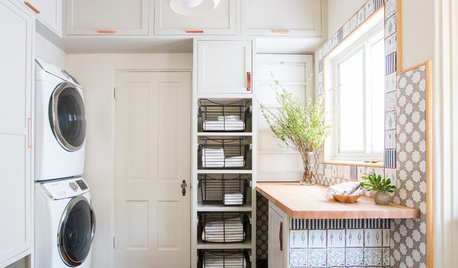
MOST POPULARBefore and After: 5 Laundry Rooms That Make Washday More Fun
Pretty wallpaper, pullout baskets and a bed for the pup help these laundry rooms work for their owners
Full Story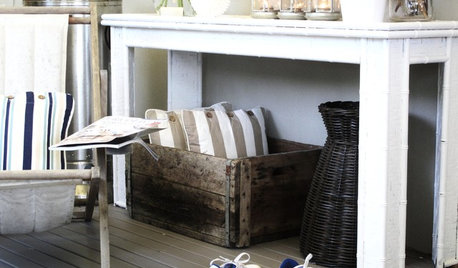
DECLUTTERINGClean Routine: Housework Strategies the Whole Family Can Share
Keep the peace while maintaining a tidy home, with these ideas to get all kinds of cleaning personality types in on the act
Full StoryMore Discussions

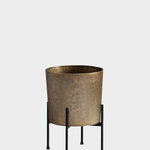

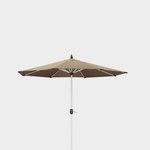


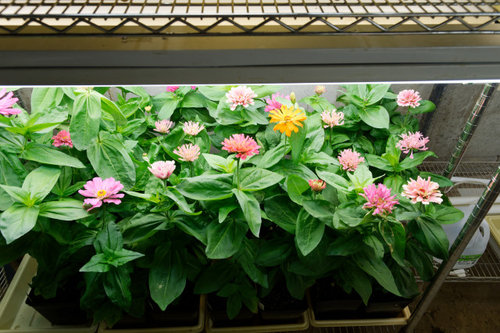
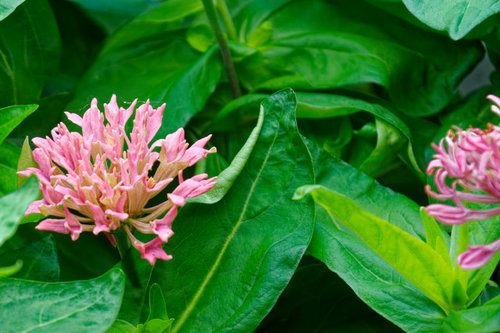
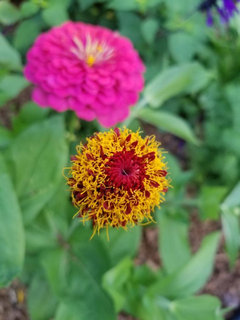


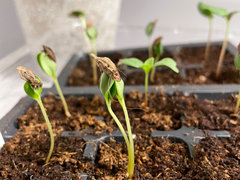

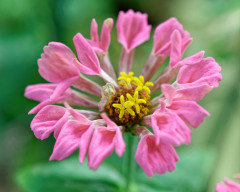
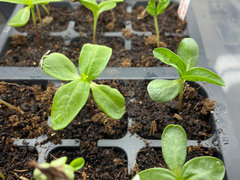

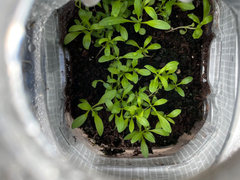
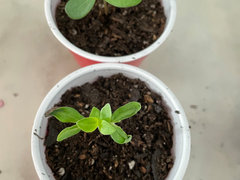
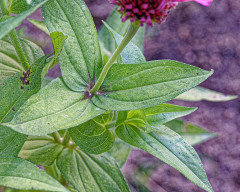
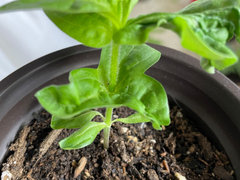
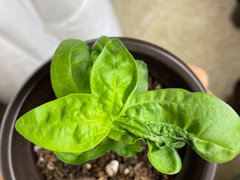
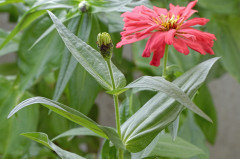
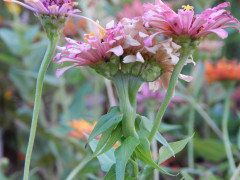
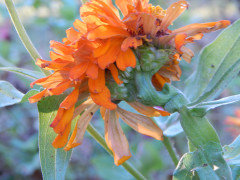
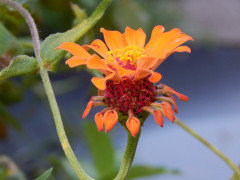
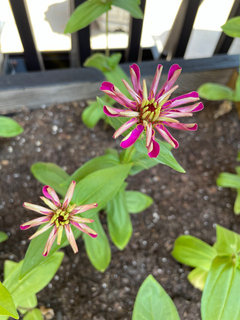
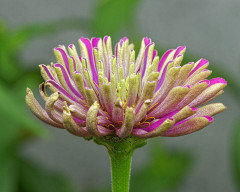
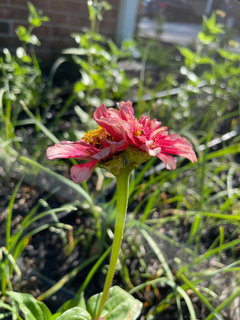
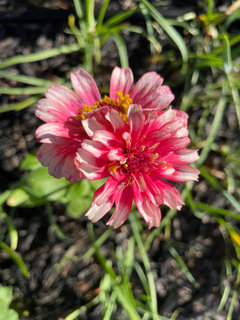
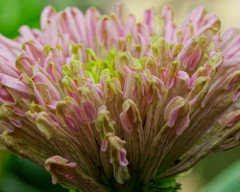
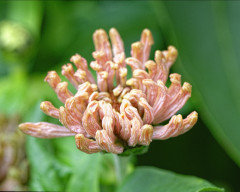
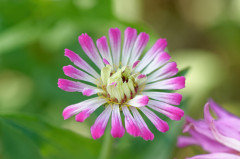
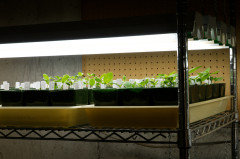
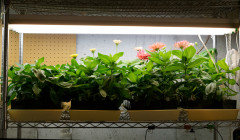
zen_manOriginal Author